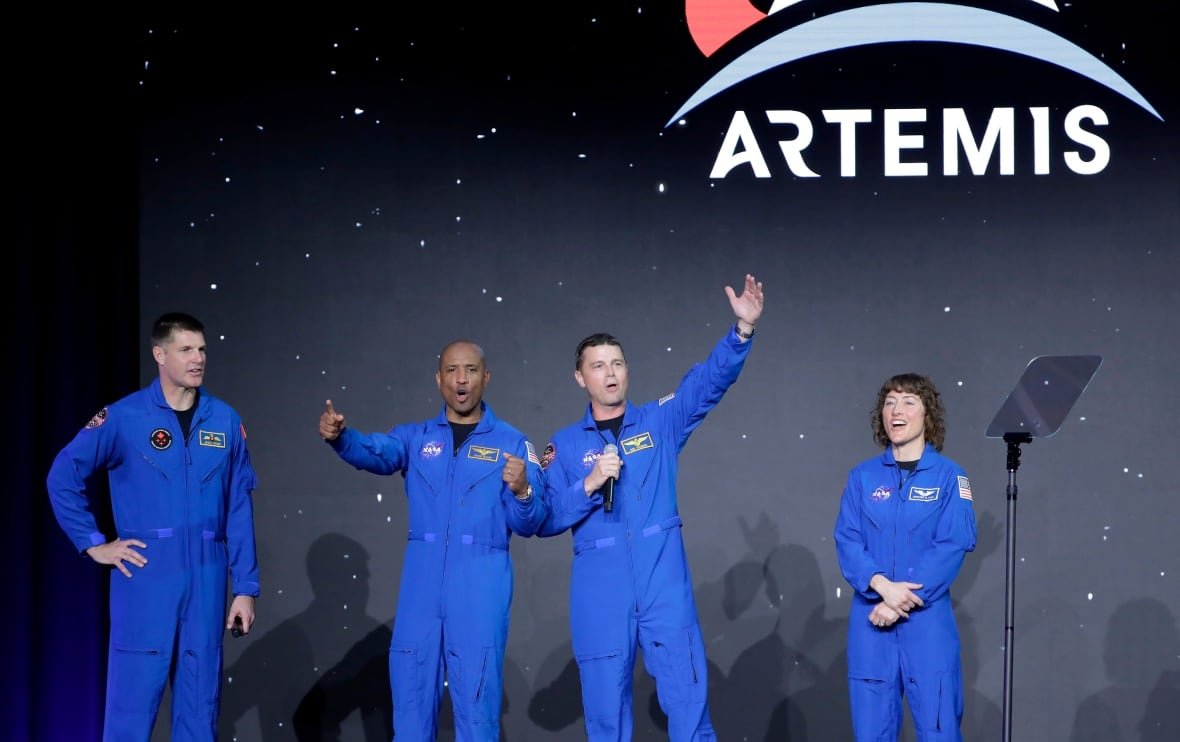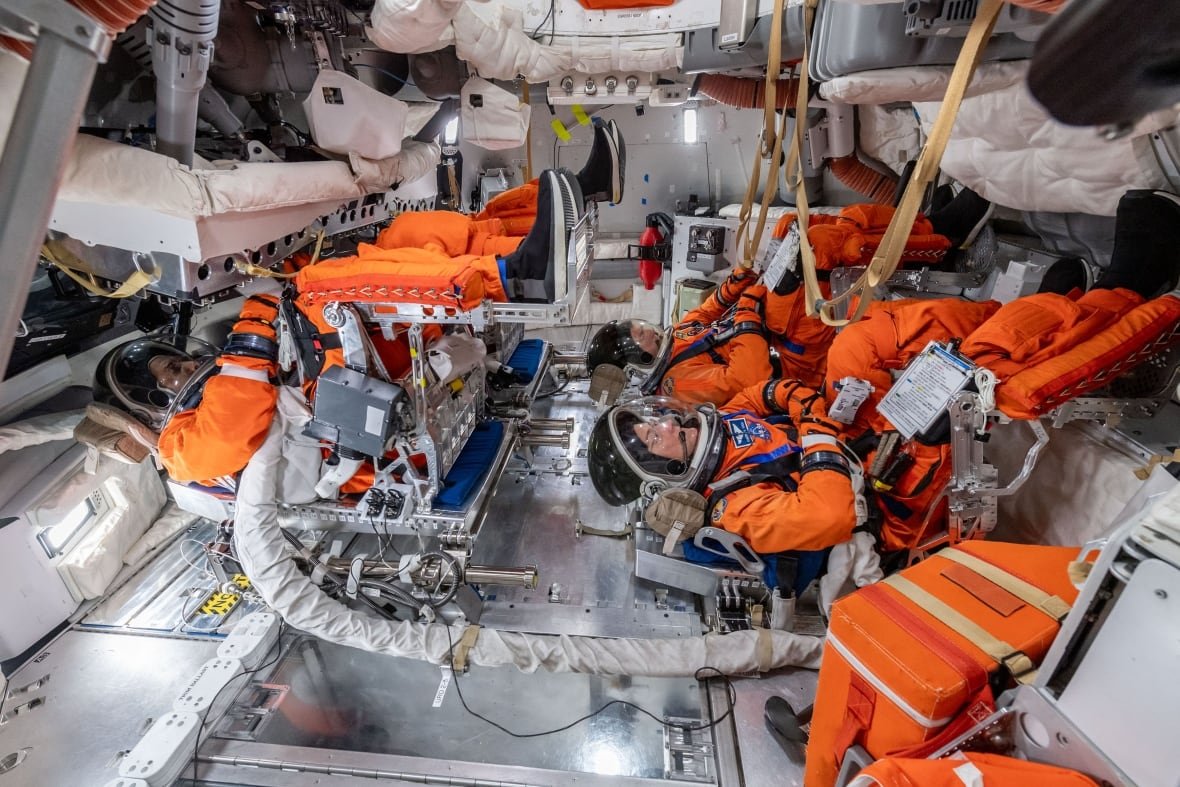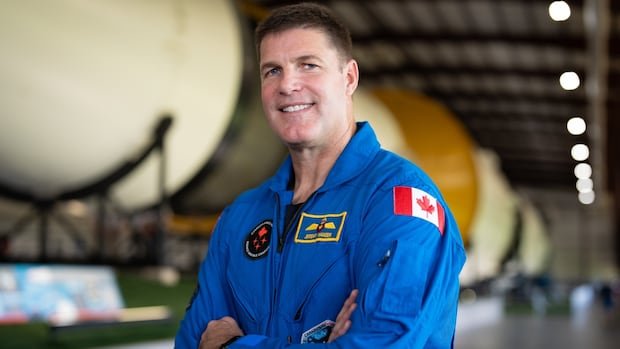In an upcoming mission early next year, four astronauts are set to embark on a journey back to the moon, marking the first visit since December 1972. Back then, American astronauts Gene Cernan, Harrison Schmitt, and Ronald Evans made their historic lunar expedition. Notably, no Canadian astronaut has yet set foot on the moon, but this will change as astronaut Jeremy Hansen, alongside three American colleagues, is preparing for the Artemis II mission to circle the moon, offering a unique perspective of both the moon’s far side and Earth.
The astronauts are anticipated to travel between 7,400 and 11,000 kilometers beyond the moon’s orbit, depending on the launch date. NASA’s Artemis program, which aims to return astronauts to the moon, began with the successful uncrewed Artemis I mission involving the Space Launch System (SLS) rocket and Orion spacecraft in 2022.

The next phase, Artemis II, scheduled for early 2026, will involve testing the Orion spacecraft with astronauts on board. Hansen, Wiseman, Glover, and Koch are gearing up for this crucial mission, with Hansen expressing his excitement and readiness for the upcoming launch.
Training and Preparation
Since his selection as an astronaut in 2009, Hansen has been diligently training for this mission. His training routine has been intense, focusing on simulating launches and spacecraft operations from morning till evening, including overnight stays at the Johnson Space Center in Houston.
Hansen, passionate about his work, views the training phase as a fulfilling experience, akin to solving intricate puzzles with his team. While looking forward to the lunar journey, he acknowledges that he will miss the challenges and camaraderie of the training period.

Hansen highlights the simulation exercises as a favorite part of his training, where challenging scenarios are presented to test their problem-solving skills. Overcoming these challenges, he notes, brings a sense of accomplishment and satisfaction.
Regarding the essential qualities for space exploration, Hansen emphasizes the significance of teamwork, underscoring the collaborative nature of such missions and the vital role played by a dedicated team.
Human Subjects and Scientific Exploration
Unlike previous space missions that focused primarily on spacecraft testing, the Artemis II mission involves testing both the hardware and the astronauts themselves. NASA aims to study the effects of space travel on the human body, considering the inherent challenges of extended space missions.
Canadian astronaut David Saint-Jacques, who spent over 200 days in space, highlights the numerous medical experiments and tests that astronauts will undergo to understand the impact of space travel on their bodies. Additionally, rigorous testing of spacecraft capabilities is underway to ensure safety during manned missions.


